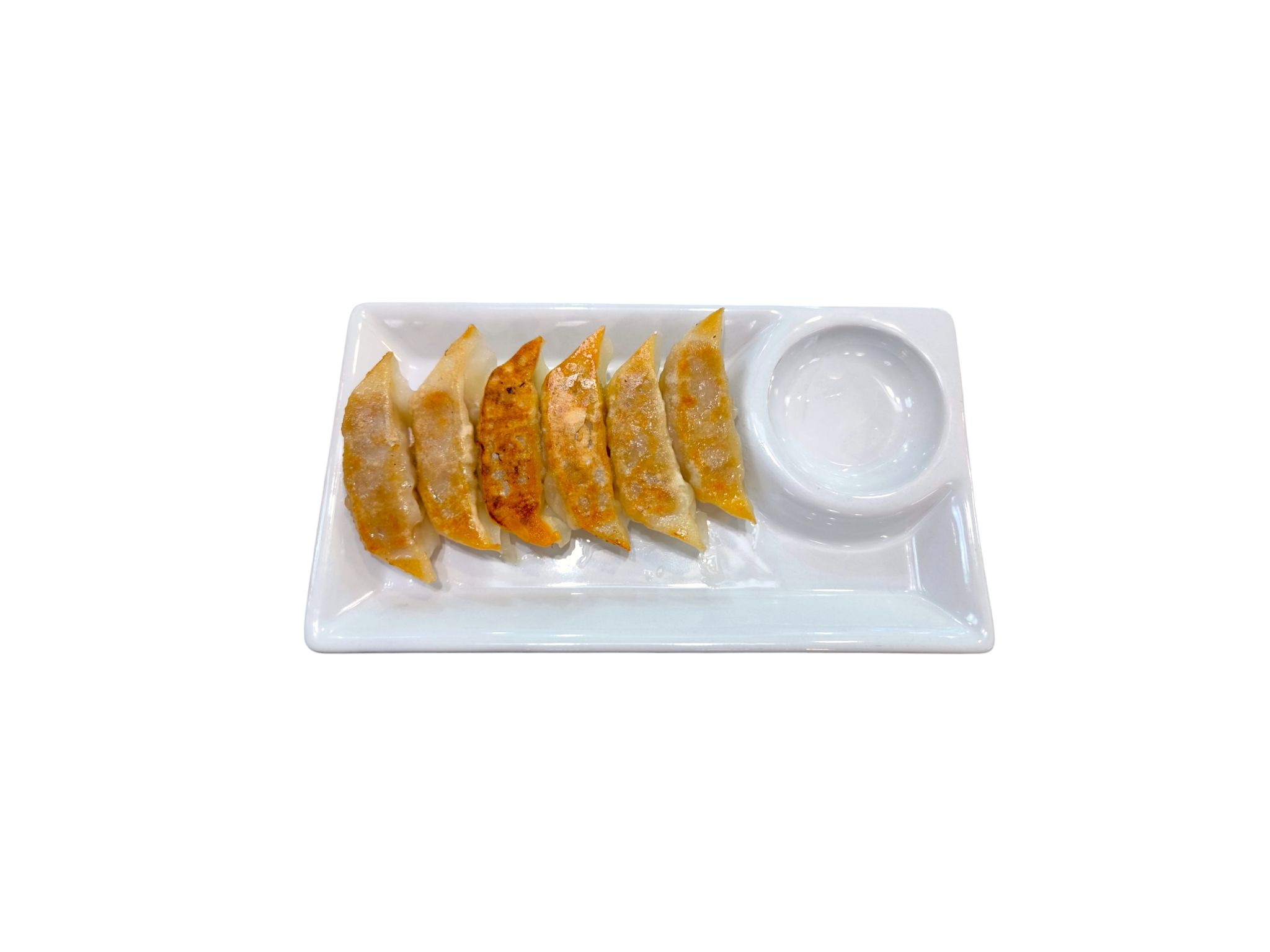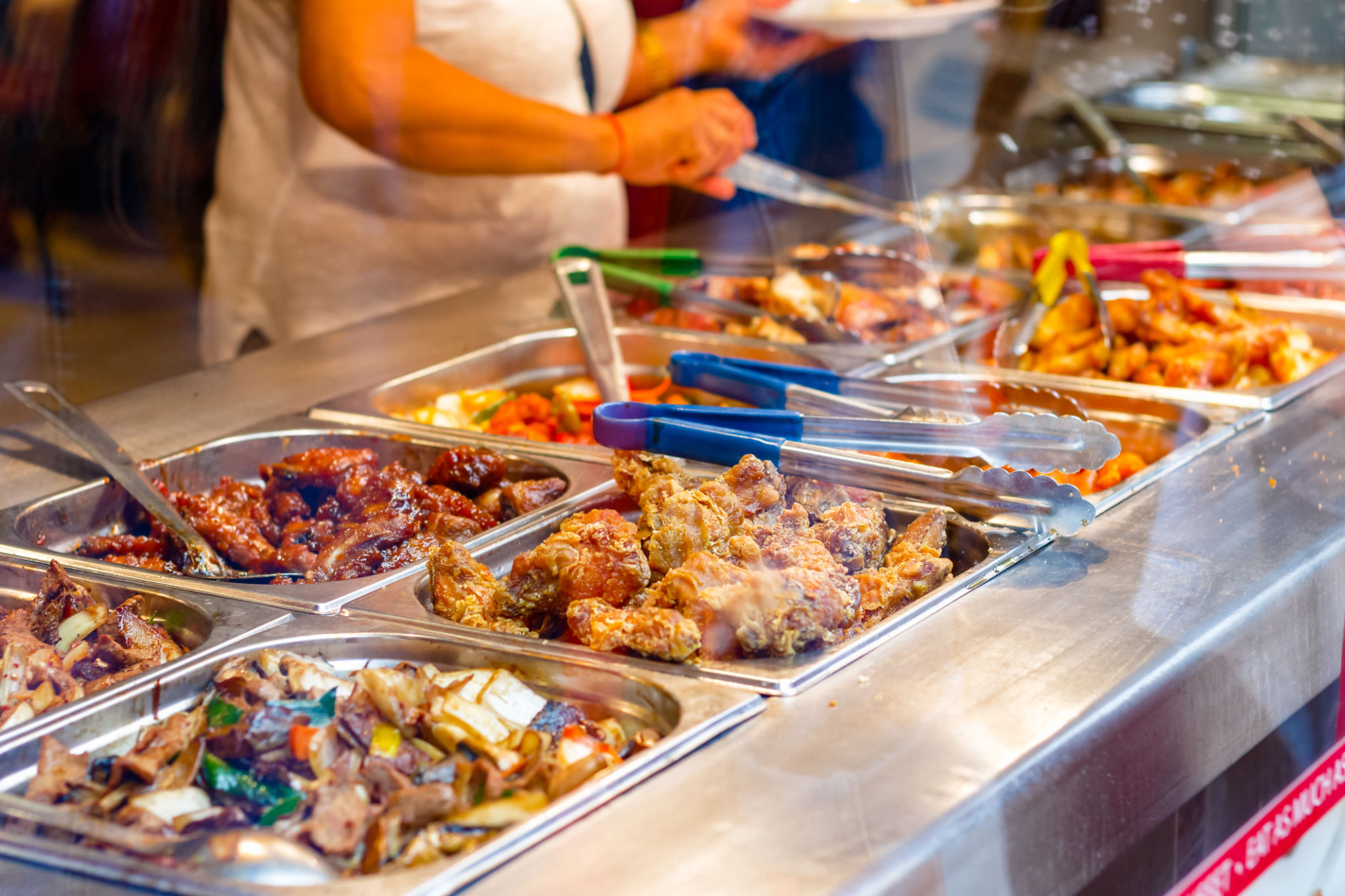Breaking Down the Myths: Authentic vs. Westernized Chinese Cuisine
Understanding the Basics
When it comes to Chinese cuisine, there is often a distinct line drawn between what is considered authentic and what has been adapted or "Westernized." This distinction can sometimes lead to misunderstandings about what Chinese food truly entails. Authentic Chinese cuisine is deeply rooted in tradition, culture, and regional diversity, offering a wide array of flavors and cooking techniques. Understanding these differences is key to appreciating the true essence of Chinese culinary art.

The Rich Diversity of Authentic Chinese Cuisine
Authentic Chinese cuisine is incredibly diverse, with each region of China boasting its own unique flavors and dishes. For example, Sichuan cuisine is known for its bold and spicy flavors, while Cantonese cuisine tends to be more subtle and makes frequent use of fresh ingredients. Northern Chinese dishes often feature wheat-based items such as dumplings and noodles, while Southern regions might emphasize rice-based dishes. This regional diversity is a testament to the vastness and complexity of authentic Chinese culinary traditions.
Another important aspect of authentic Chinese cuisine is its emphasis on balance and harmony. Traditional Chinese cooking often focuses on balancing flavors such as sweet, sour, salty, bitter, and umami. This approach not only enhances the taste but also aligns with the traditional Chinese philosophy of achieving balance in all aspects of life.

Characteristics of Westernized Chinese Cuisine
The Westernization of Chinese cuisine began as a way to make Chinese food more accessible to non-Chinese palates. This adaptation often involves altering traditional recipes by reducing spices, adding sweeteners, or incorporating local ingredients that are more familiar to Western diners. Popular dishes like General Tso's chicken or fortune cookies are examples of creations that cater to Western tastes rather than authentic Chinese culinary traditions.
Another characteristic of Westernized Chinese cuisine is the simplification of dishes. In many cases, complex techniques and unique ingredients are replaced with easier methods and readily available components to streamline the cooking process. While this may make the dishes more approachable for some, it can sometimes strip away the depth and authenticity that traditional recipes offer.
Common Misconceptions
One of the most common misconceptions about Chinese cuisine is that it is synonymous with takeout meals or buffet-style dining. While these options are popular in many Western countries, they often do not represent the true breadth and depth of authentic Chinese food. Another misconception is that all Chinese food is spicy or contains MSG. In reality, many authentic dishes are mild in flavor, and MSG is not a staple ingredient in traditional cooking.

Furthermore, the idea that all Chinese food is unhealthy is a myth perpetuated by the perception of greasy takeout options. In contrast, authentic Chinese cooking often emphasizes fresh ingredients and balanced meals that incorporate a variety of proteins, vegetables, and grains.
Embracing Authenticity in Your Culinary Journey
If you're eager to explore authentic Chinese cuisine, start by visiting local Chinese markets or restaurants that specialize in traditional dishes. Engage with chefs or owners to learn more about regional specialties and cooking techniques. You might also consider experimenting in your own kitchen by sourcing authentic ingredients and attempting traditional recipes.
By understanding the distinction between authentic and Westernized Chinese cuisine, you can expand your culinary horizons and gain a deeper appreciation for one of the world's most diverse and flavorful cuisines.

